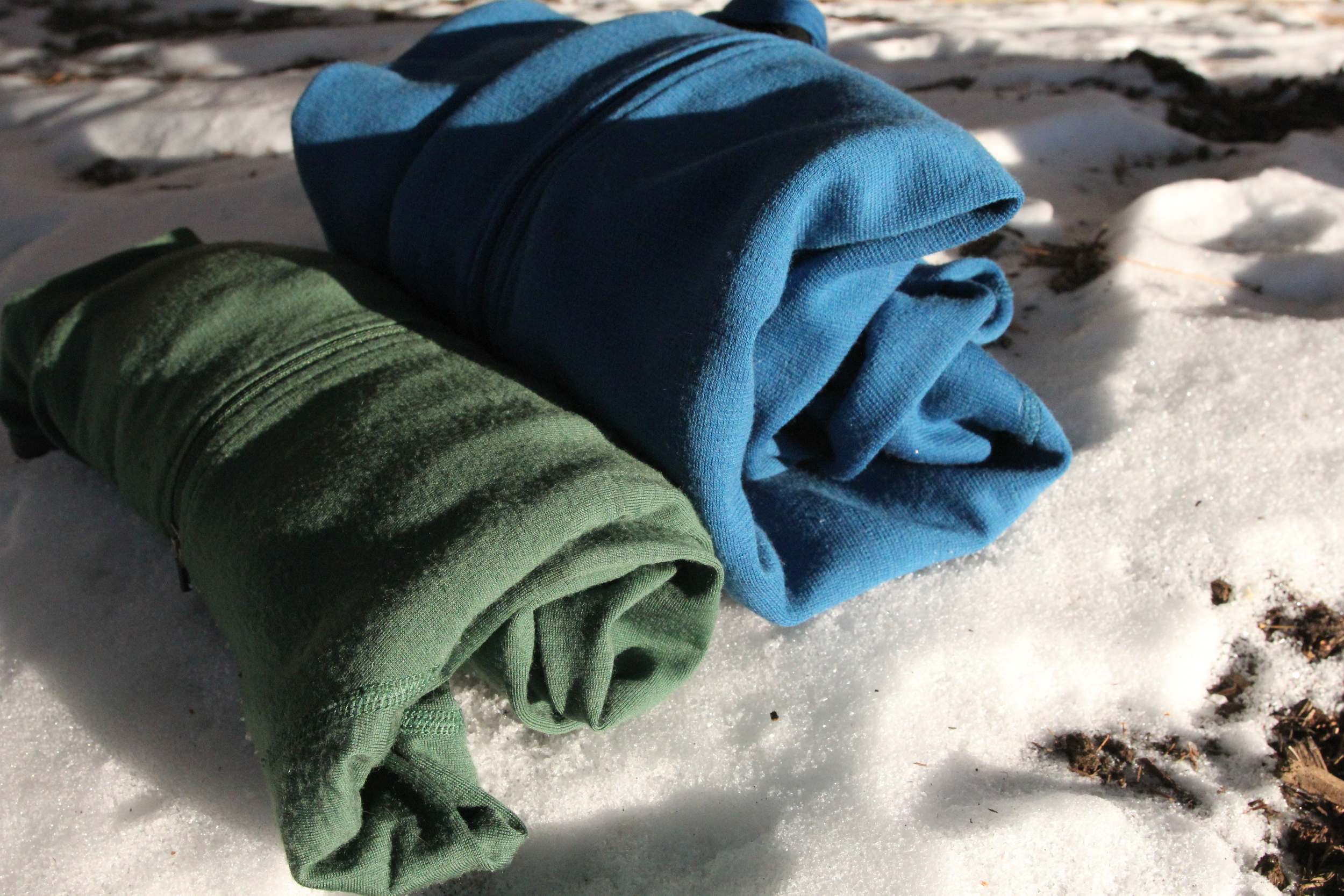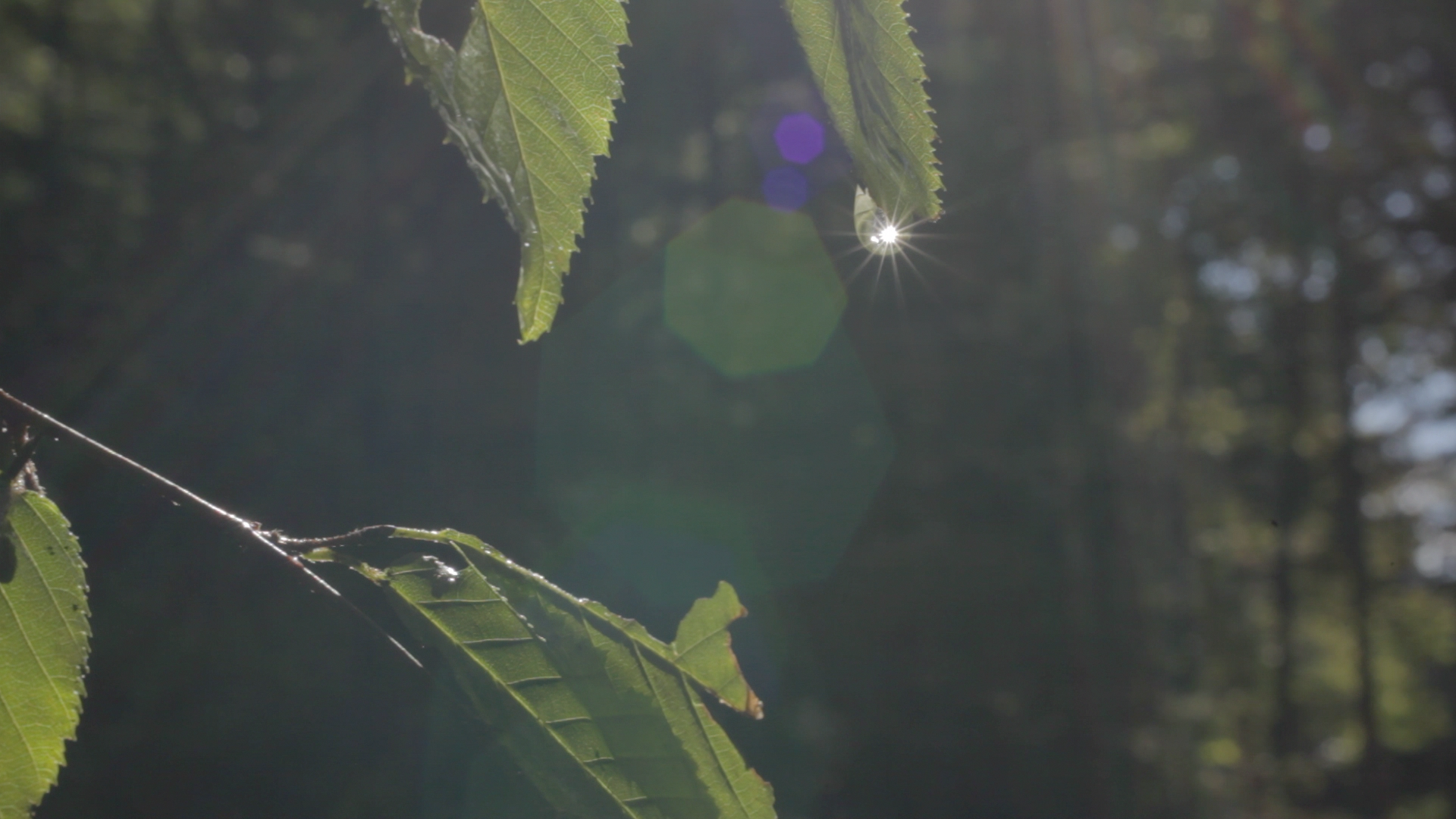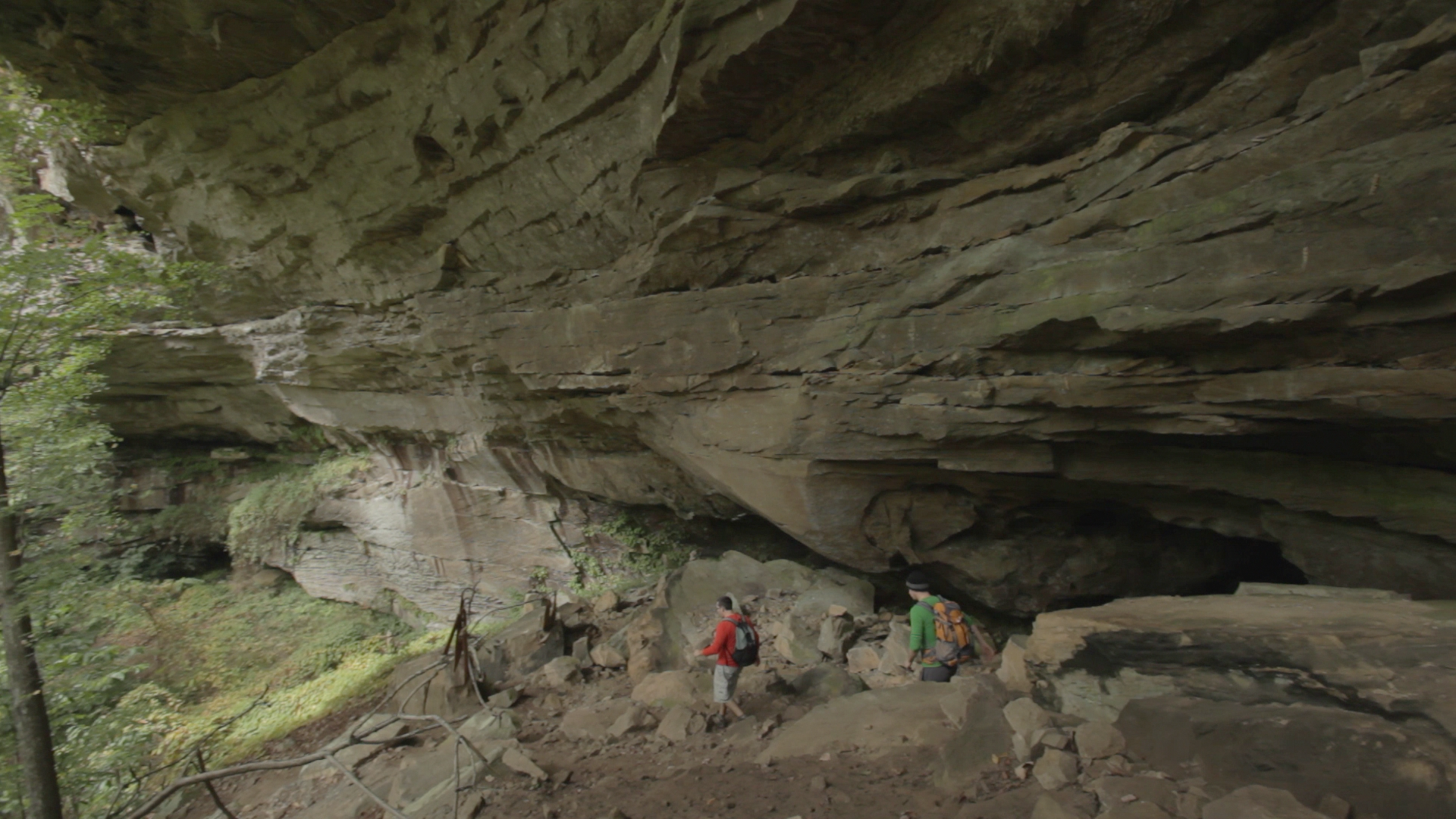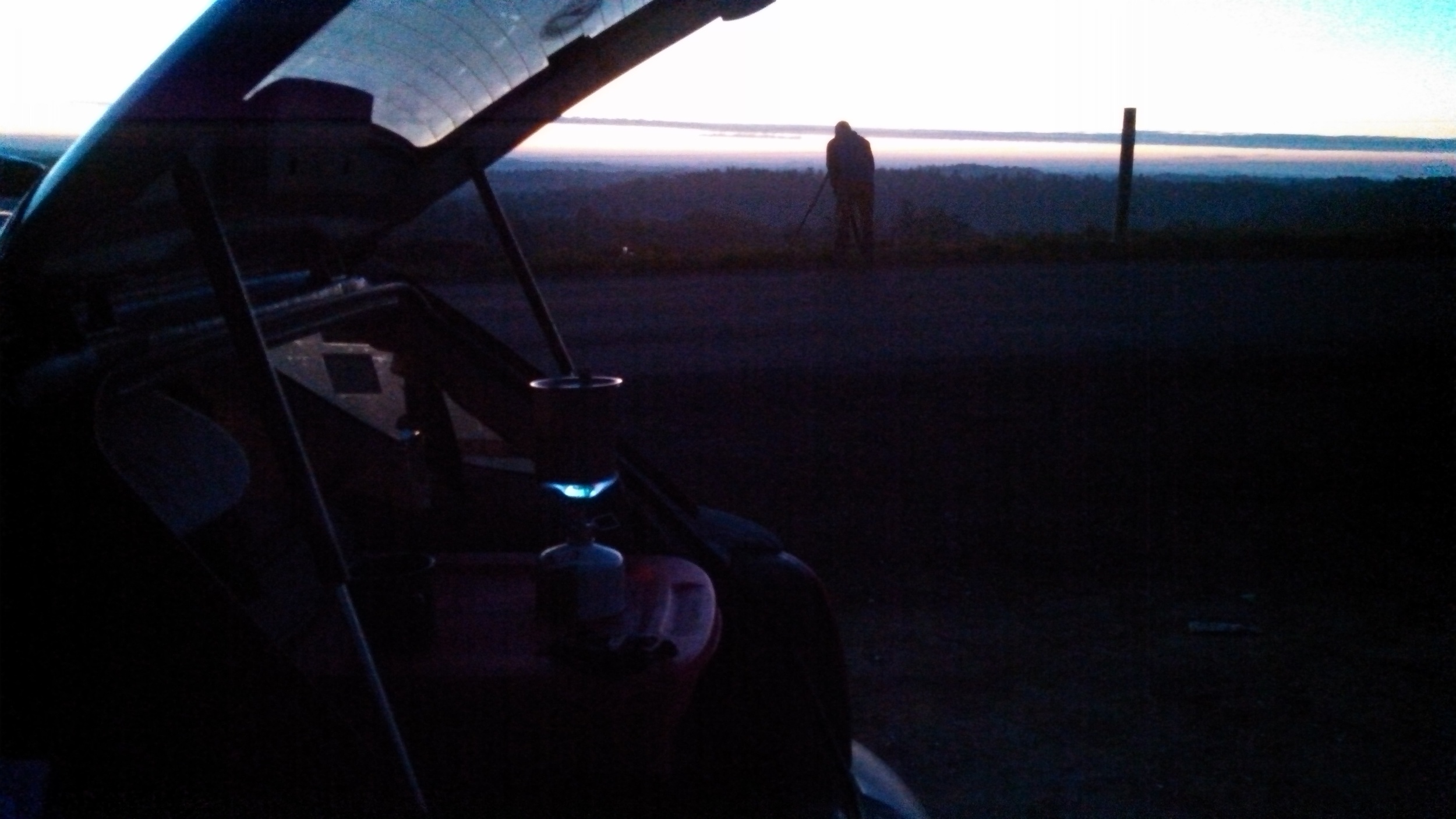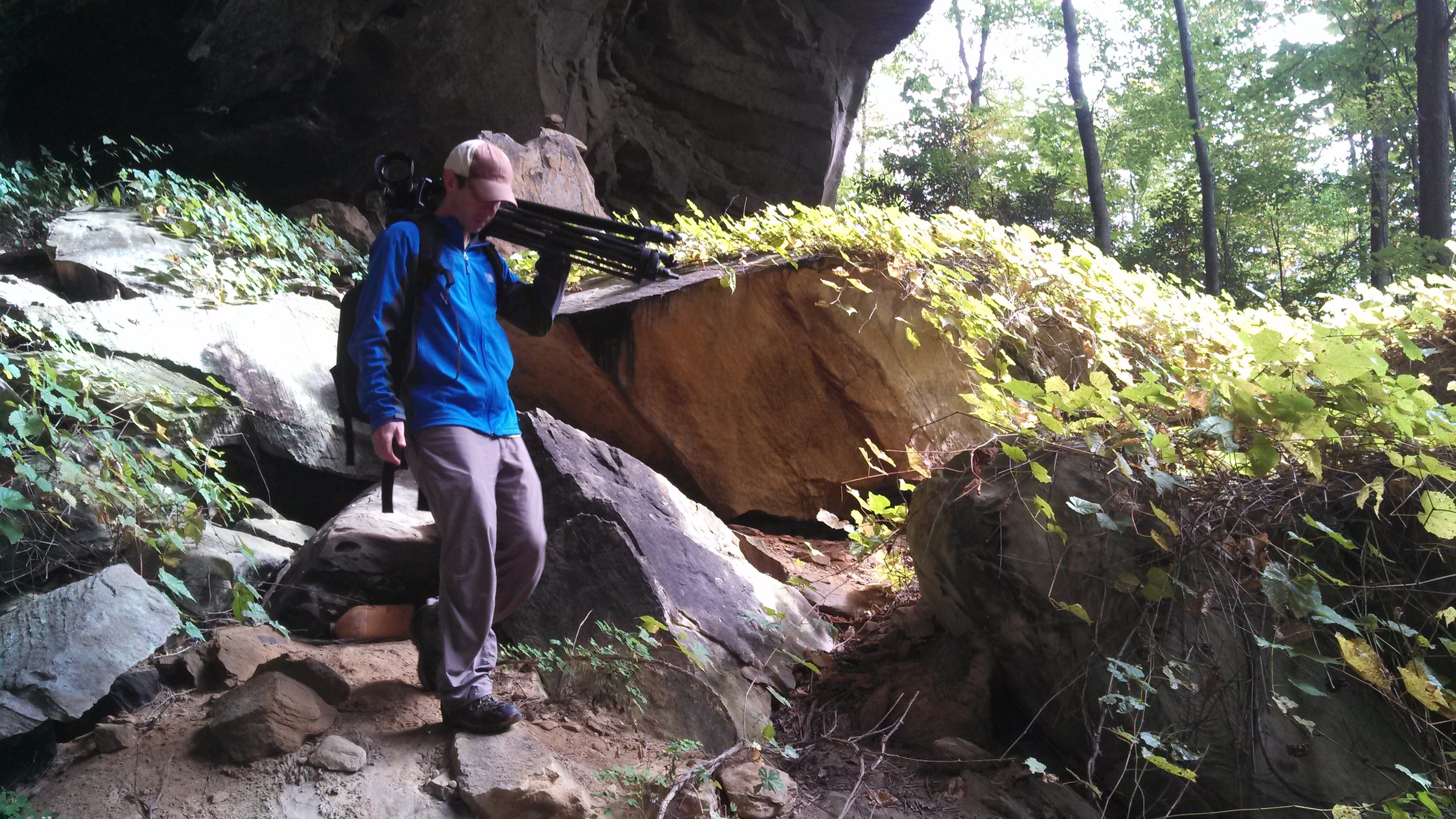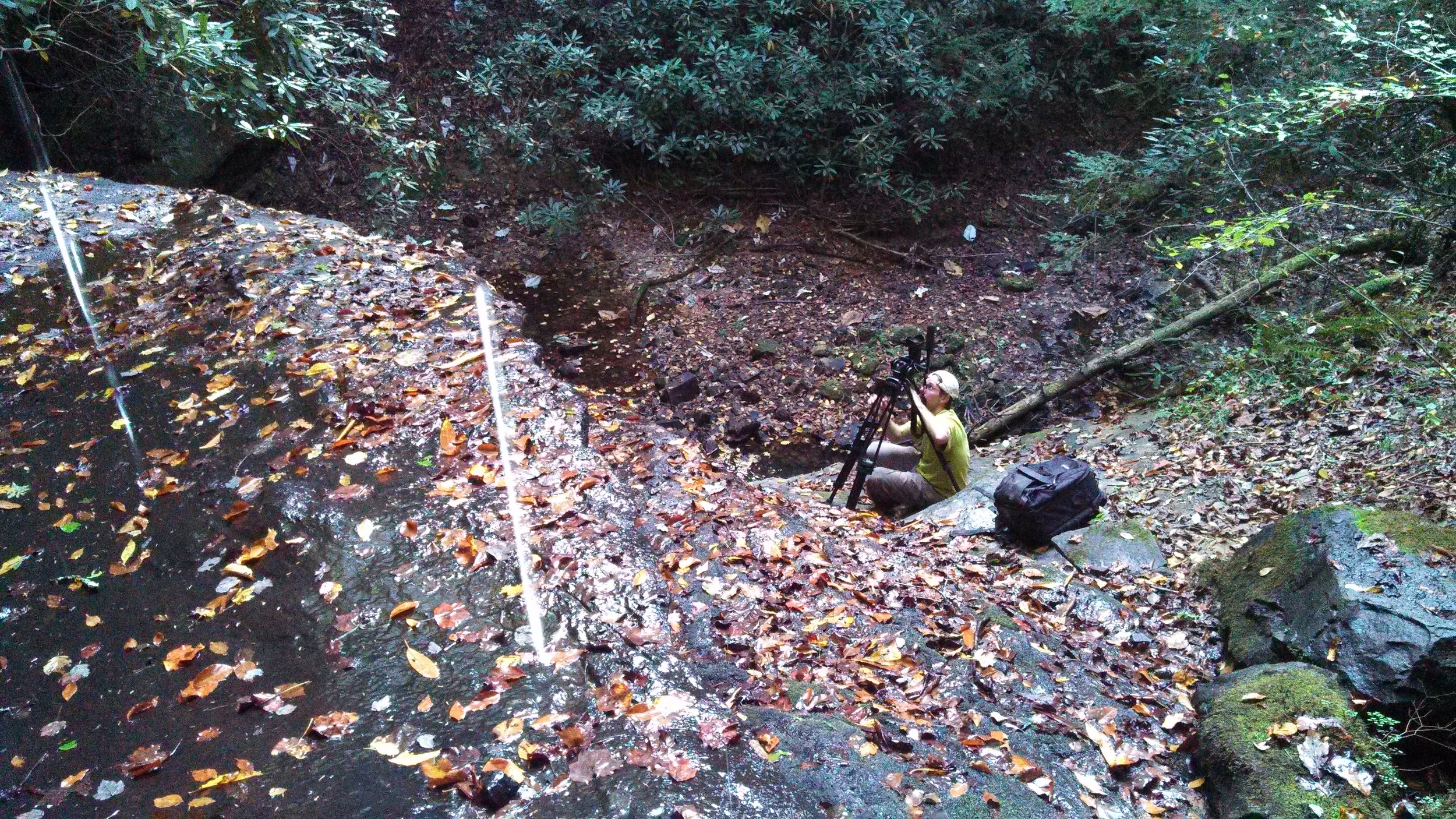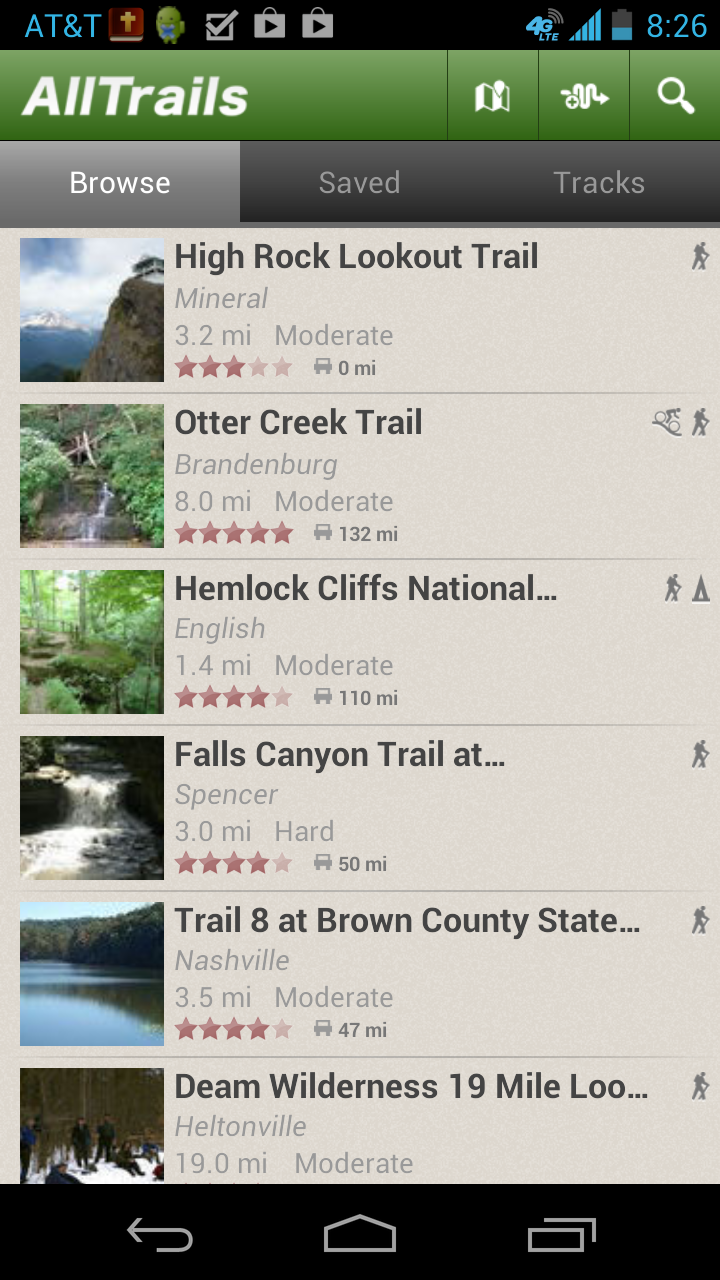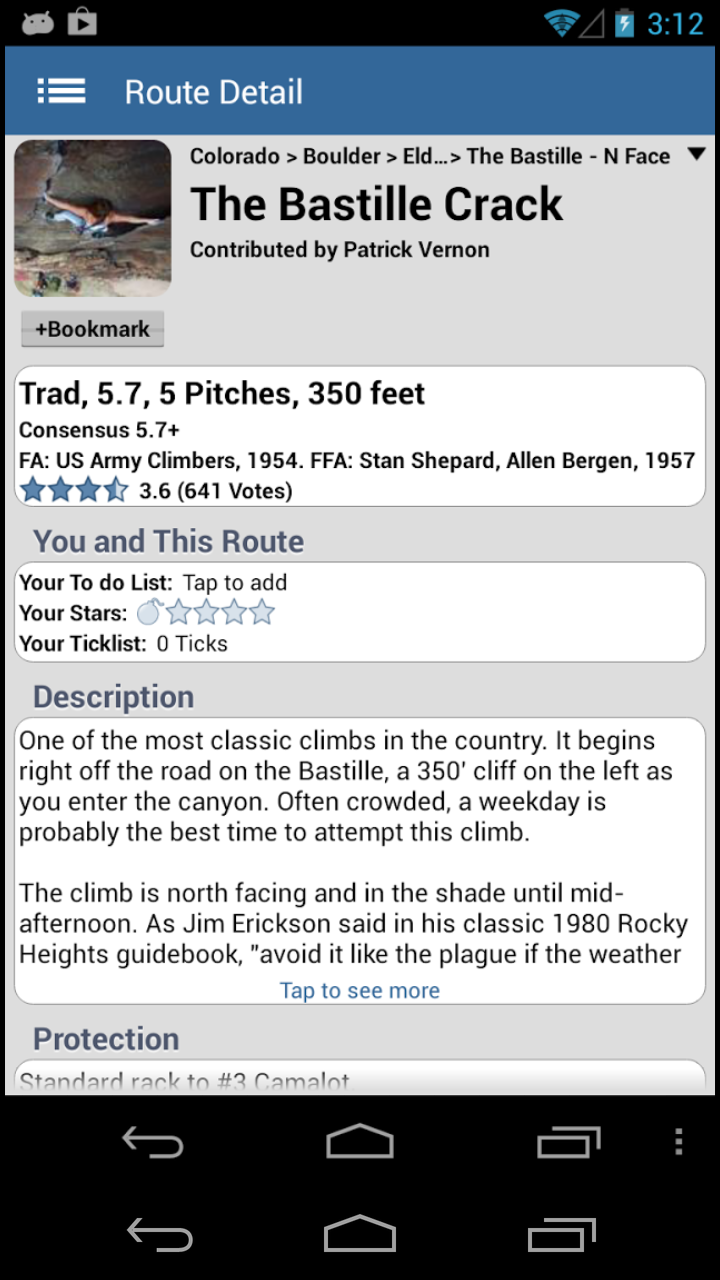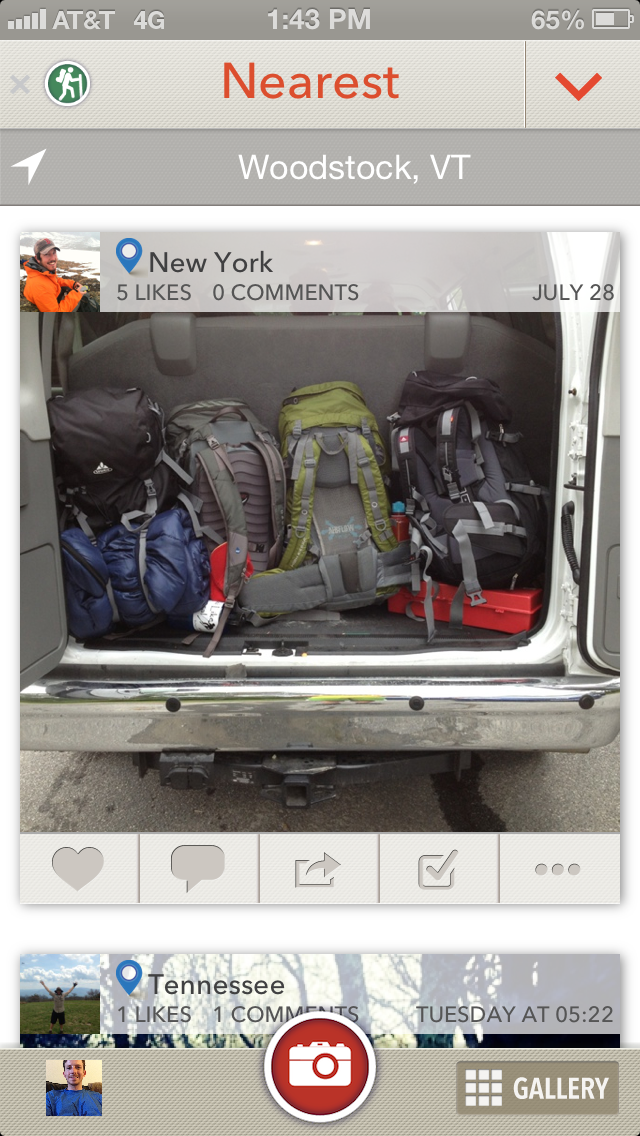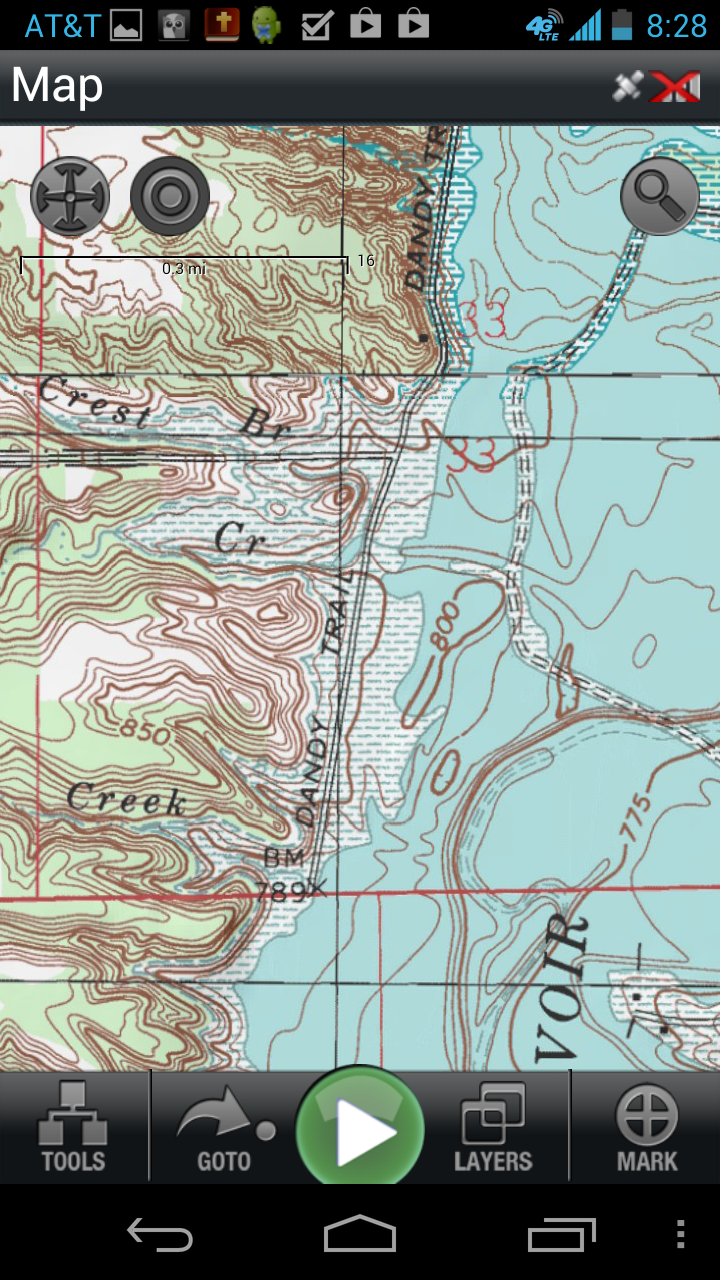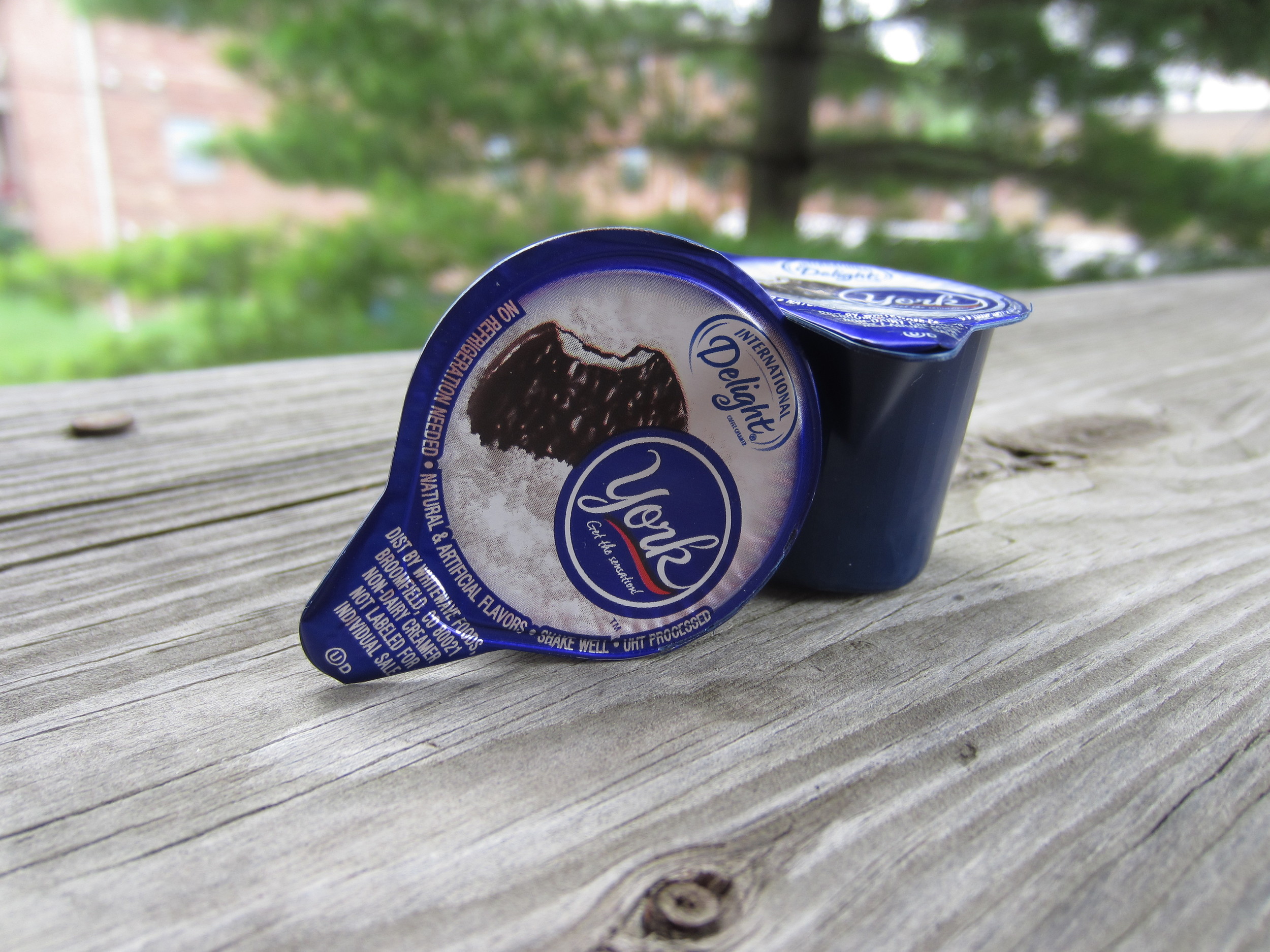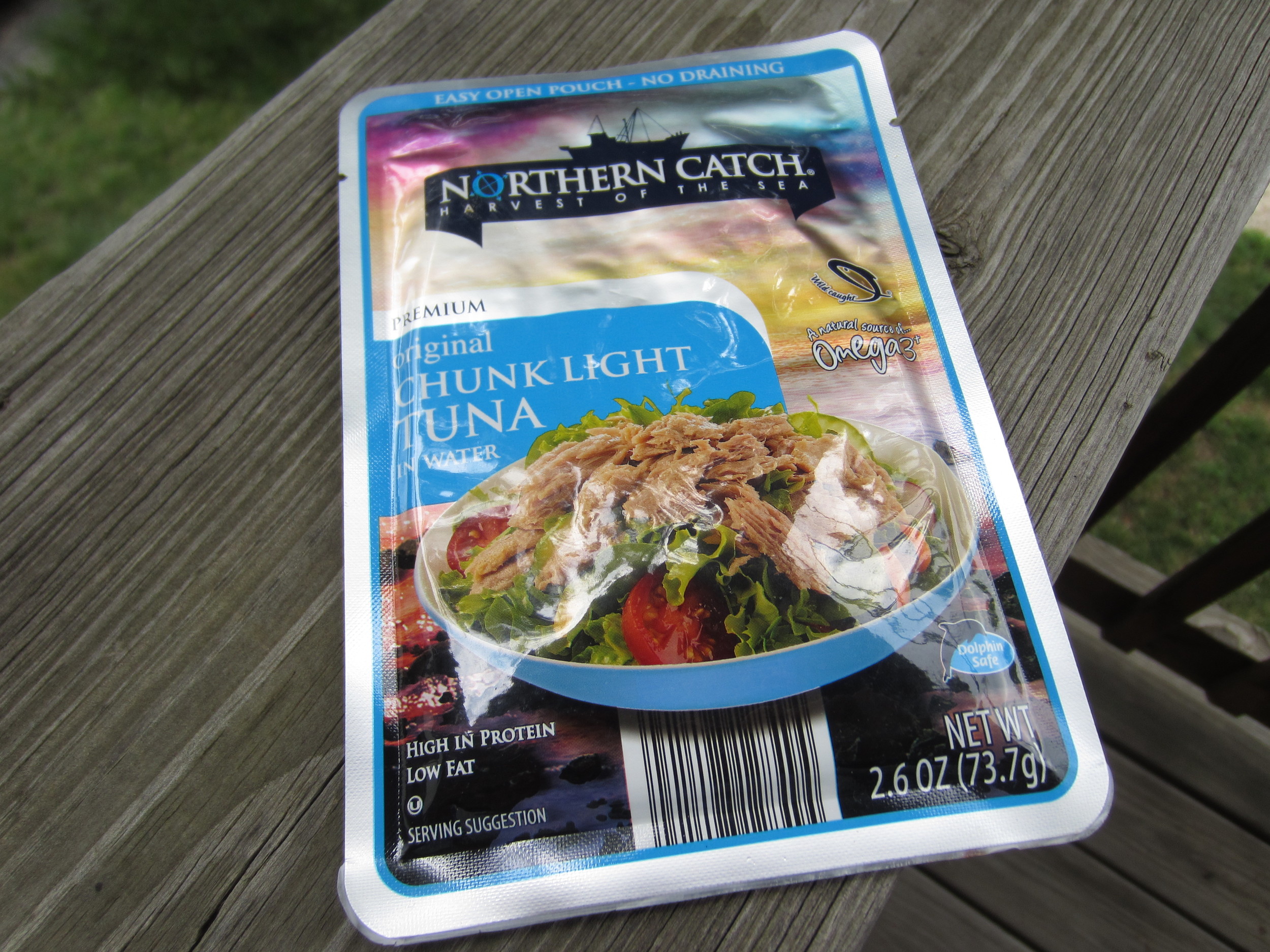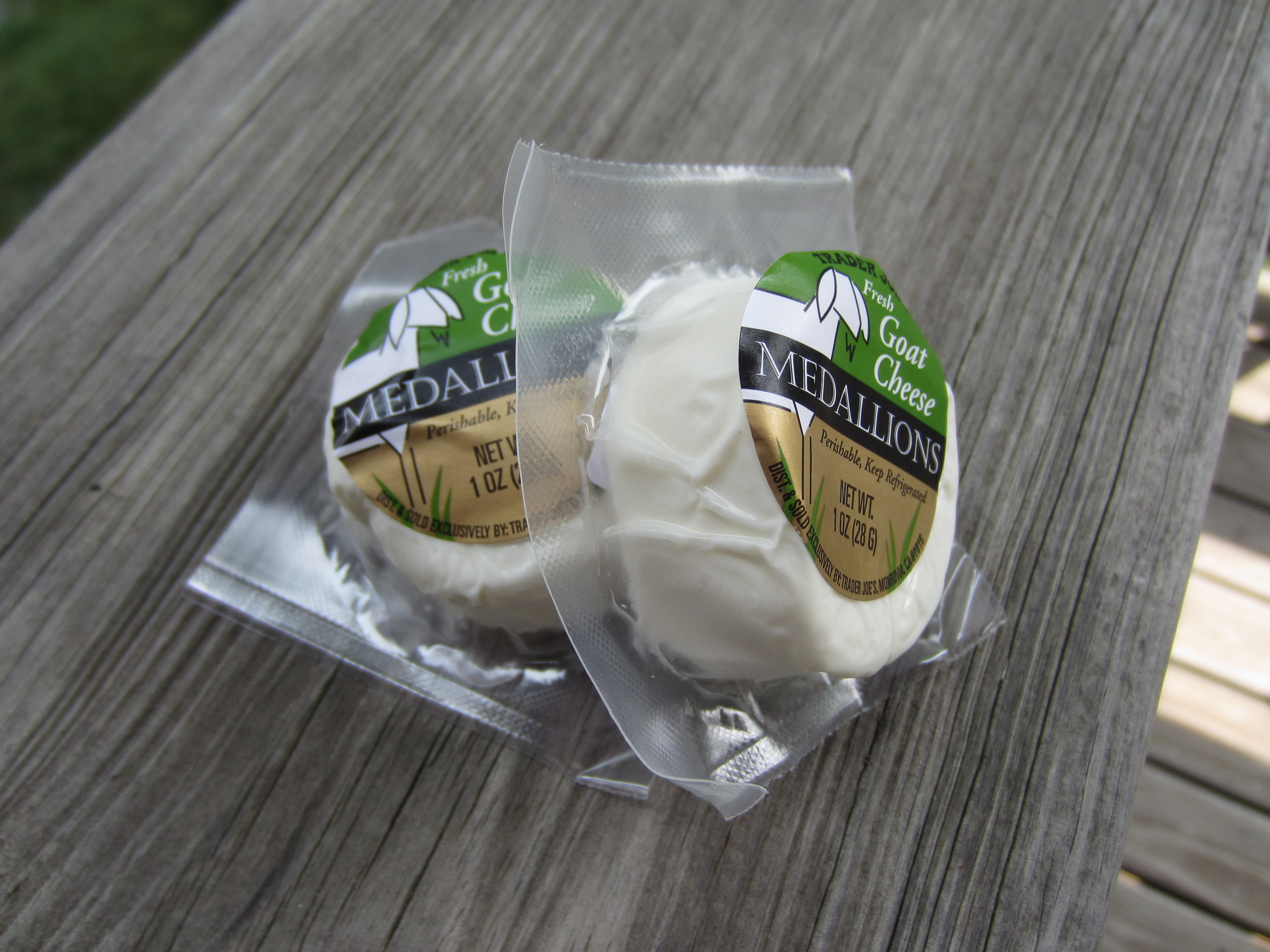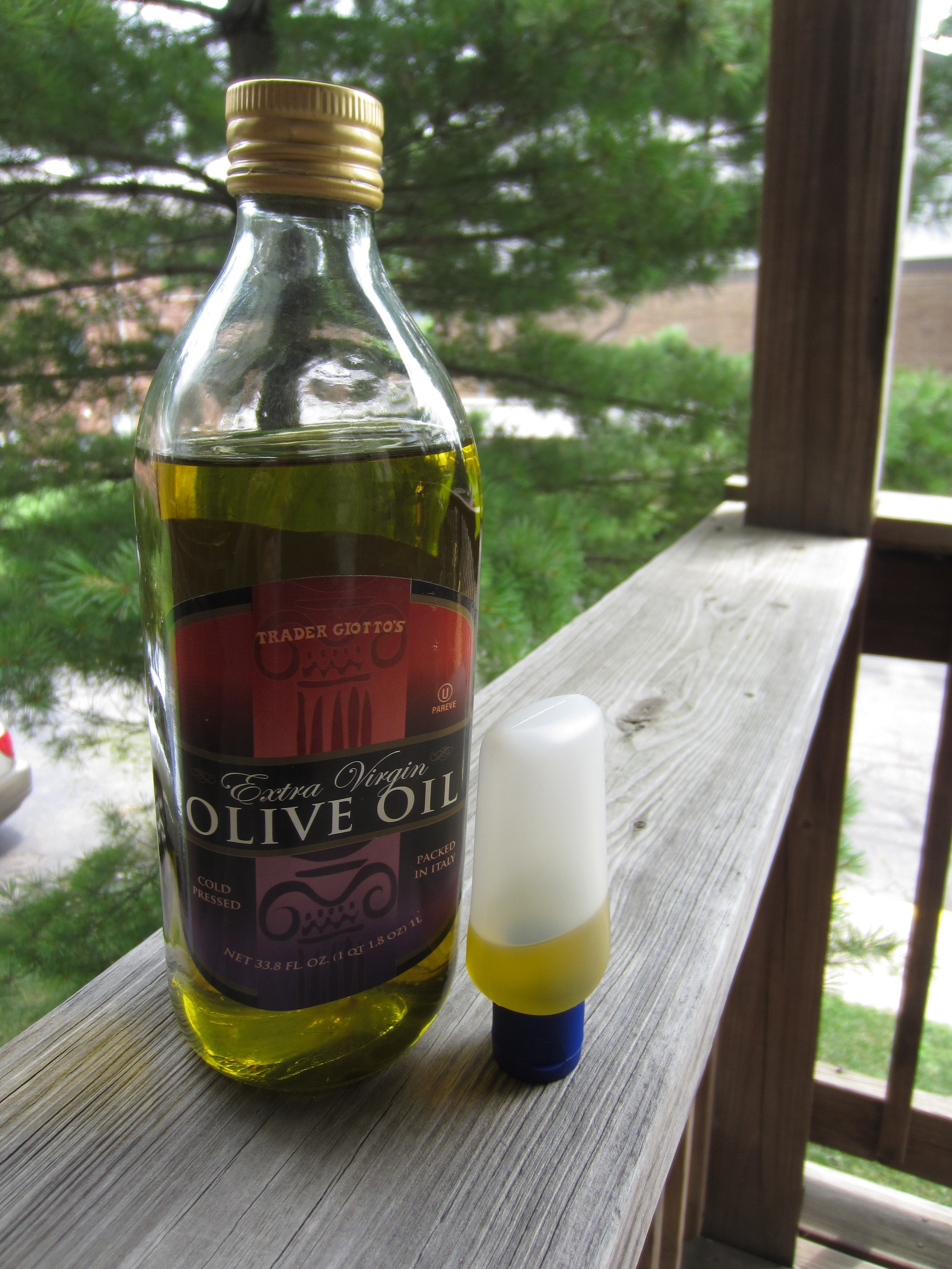Merino Wool OUT... Dog Fur Fiber IN at Ibex.
In an announcement that is sure to rock the outdoor apparel world. Ibex is ditching it's Merino wool line for a fabric they say is far superior. The company, which has been an industry leader in outdoor wool garments, plans to hold a press conference today, April 1, to announce this new revolutionary fabric. It's a strategic move, in an industry where more and more synthetic items seem to come onto the market every season.
Through my contacts I was able to obtain an embargoed copy of the press release announcing the change over to DFF, which will make a debut at the Summer 2015 Outdoor Retailer Show in Salt Lake City. So what exactly is DFF and why is Ibex dumping the foundation of their company to retool for this new fabric?
DFF stands for Dog Fur Fiber and it has evidently been in research and development for some time at Ibex's Vermont headquarters. The company has always made it clear they are a dog friendly work place... even encouraging employees to bring their K9 counterparts into the office; now realizing those dogs hold the key to one of the most reusable fabric sources on the planet, their fur.
"One of the strengths of DFF is that it is very easy to clean," explains Dave Maslen, Animal Fiber Specialist. "You can clean it with your own saliva or that of someone else. It holds odor very well and the product will continue to give long after it is sheered from the dog."
Ibex, which in the past has partnered with New Zealand Merino sheep farmers, for the highest quality wool for its garments is now soliciting individuals to send in their dog's excess hair to be spun into these new garments. There are three different styles the company plans to introduce with this inaugural line of DFF apparel.
Shiloh – This blend of 75-percent German Shepard and 25-percent Husky is the perfect blend for high performance winter pieces. Huskies are great cold weather performing dogs and that performance is passed on to this technical fabric. The German Shepard helps to keep the user focused and alert during winter activity.
MiniShnauz – This is 100-percent Miniture Schnauzer fabric. Like the Miniature Schnauzer, this textured fabric is wiry and durable. These characteristics make it perfect for Ibex’s high performance alpine warmth layers keeping you ready to go at any time.
BS115 – Great for casual performance wear, BS115 is a blend of 50-percent Bull Dog and 50-percent Shih Tzu. The laziness of a Bull Dog and the elegance of a Shih Tzu combine perfectly to form the backbone fabric for Ibex’s Live collection. While still being able to perform when asked, this fabric is for clothing that you wear on a lazy Sunday or after a hard trail run.
Ibex's CEO, Ted Manning says this new fiber changes the game for outdoor garments.
"Ibex is proud to introduce such an innovative new fabric to the outdoor industry," said Manning. "We have searched the globe for natural, sustainable fibers to make performance apparel and realized that the best fabric was right under our desks all along."
You can watch Ibex's announcement LIVE on Periscope on Wednesday April 1 starting at noon (EST), 9:00am (PST).
So what are your thoughts about this announcement and this new line of Ibex wool... er... dog fur? Join the discussion!






